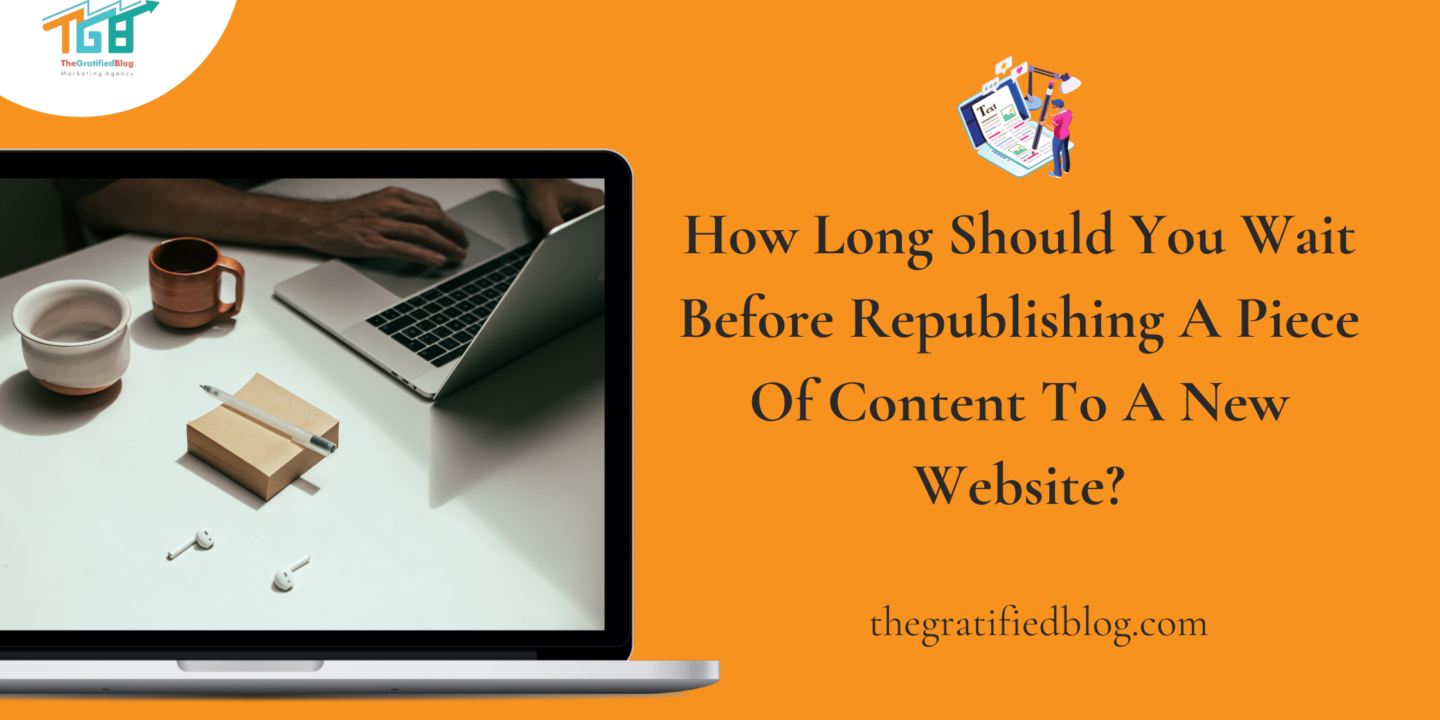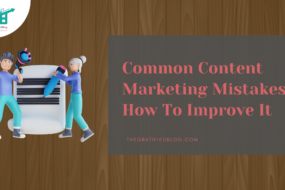
In the ever-evolving digital content creation and distribution landscape, the question of “How long should you wait before republishing a piece of content to a new website?” looms large. Content creators, marketers, and website owners frequently grapple with this dilemma, seeking the perfect balance between maximizing the reach of their valuable content and avoiding potential SEO pitfalls.
Republishing content can be a potent strategy for breathing new life into your archives, reaching a broader audience, and solidifying your online presence. Yet, the timing of this endeavor remains a critical consideration. Should you wait patiently for a specific duration before reposting your content, or is it more advantageous to immediately hit the “publish” button on your new website?
This blog will explore the ideal time before republishing content on a new website, understand the rationale behind a two-week waiting period, discuss practical strategies for a successful content republishing plan, frequently asked questions, and summarize critical takeaways in conclusion.
How Long Should You Wait Before Republishing A Piece Of Content To A New Website?
- Option 1: You Shouldn’t Wait. Republish It Immediately.
- Option 2: It Depends, Wait Until You Have at Least 5 Inbound Links
- Option 3: Two Weeks
- Option 4: One Week
Answer: Two Weeks
Now, let’s understand why two-week
Why Does A Two-Week Waiting Period Make Sense?
The decision to wait two weeks before republishing content on a new website is based on several critical factors that revolve around search engine considerations,
Let’s explore each of the factors in detail:
Search Engine Considerations

- Avoiding Duplicate Content Penalties: Search engines like Google prioritize unique and valuable content. When identical or substantially similar content appears in multiple locations, it can confuse search engine algorithms, potentially leading to duplicate content penalties. Waiting for two weeks separates the original and republished content, reducing the likelihood of being flagged as duplicate.
- Maintaining SEO Integrity: Search engine optimization (SEO) is vital in attracting organic traffic to your website. Republishing content too quickly can dilute the SEO value of your original content. Allowing a two-week gap helps maintain the SEO integrity of your new piece, giving search engines time to recognize it as distinct and valuable.
Avoiding Duplicate Content Issues

- User Experience: Duplicate content can create a poor user experience. Users encountering identical information on multiple websites may lead to confusion and frustration. By waiting for two weeks, you provide an opportunity for your content to offer a fresh perspective or updated information.
- Content Variations: Republishing content after a brief waiting period enables you to create variations of your original piece. You can update statistics, add new insights, or tailor the content to suit the preferences of your unique audience. This customization minimizes the risk of duplicate content issues.
Ensuring Proper Indexing and Ranking

- Indexing Timeframe: Search engines require time to crawl and index new web pages. Waiting for two weeks allows search engine bots to discover, index, and categorize your republished content properly. This ensures that your content is available for search engine users to find when relevant queries are made.
- Ranking Potential: While indexing your content, securing a favorable position on search engine results pages is essential. (SERPs) is equally crucial. Waiting for two weeks gives your content a better chance to gain traction and rank higher, as it allows search engines to assess its relevance and quality.
Now that we’ve explored the factors behind a two-week waiting period, let’s delve into effective content republishing strategies.
Strategies For A Successful Republishing Plan
Here’s an explanation of strategies for a successful republishing plan in a step-by-step way
- Step 1: Audit Your Existing Content Before republishing, start by auditing your existing content. This involves a comprehensive assessment of your content library to identify which pieces have the potential for republishing. Look for evergreen content, meaning it remains relevant over time or can be updated easily. Additionally, consider pieces that may not have performed well initially but have the potential to shine with some adjustments. Evaluate each piece’s SEO performance, user engagement, and social shares.
- Step 2: Choose the Right Content to Republish Not all content should be republished, so it’s crucial to choose wisely. Select content that aligns with your current content strategy and resonates with your target audience. Prioritize pieces that can benefit from updates or reimagining. Once you’ve selected, determine the optimal platforms or websites for republishing. The goal is to find platforms that cater to an audience interested in your content. Ensure your chosen content fits seamlessly into the new context while maintaining its core message and value.
- Step 3: Revise and Optimize After identifying the content to republish, it’s time to roll up your sleeves and start revising: update statistics, facts, and any outdated information to reflect the current landscape. Enhances the content’s readability and overall flow. Ensuring it aligns with the tone and style of the new platform. Optimize the content for SEO by incorporating relevant keywords, meta tags, and headers. Make it visually appealing with images, infographics, and multimedia elements. The aim is to enhance the content’s quality, relevance, and overall user experience.
- Step 4: Prepare for Relaunch Before republishing, create a strategic plan for relaunching the content. Choose an optimal publication date and time to maximize visibility and engagement. Update internal and external links to ensure accuracy and add necessary call-to-action (CTA) elements. Craft a compelling headline and meta description that entices readers and encourages click-throughs. Double-check the formatting and layout for consistency and mobile-friendliness. Ensure your tracking and analytics tools are in place to measure the performance of the republished content.
- Step 5: Monitor and Promote Once the republished content is live, your work isn’t over. Monitor its performance closely by tracking key metrics such as traffic, engagement, and conversions. Pay attention to user comments and feedback, and be prepared to respond promptly. Publicize the content on diverse social media channels: email marketing and outreach to influencers or partners. Promote audience participation in sharing the content and actively engage in discussion. Continuously analyze the data and adjust as needed to optimize the republished content’s impact and reach.
FAQs
Q1. What is content republishing, and why is it important?
A. Content republishing is sharing existing content on different platforms or websites. It’s essential for extending the life and reach of valuable content, improving SEO, and engaging new audiences.
Q2. Why should I wait before republishing content on a new website?
A. Waiting before republishing allows search engines to properly index the new content, reducing the risk of duplicate content penalties. It also provides an opportunity to refresh and update the material for a new audience.
Q3. Why is a two-week waiting period often recommended? A
A. A two-week waiting period strikes a balance between giving search engines time to recognize the new content as distinct and fresh while ensuring it remains relevant.
Conclusion
Now that you have the answer to the question, ‘How long should you wait before republishing a piece of content to a new website?’ why limit your content’s visibility? Explore the benefits of republishing on various platforms and discover how this strategy can effectively boost traffic to your website.If you still have any questions related to the blog, then feel free to leave your questions in the comment section. We will be happy to answer you.
Thanks for reading 🙂








No Comments